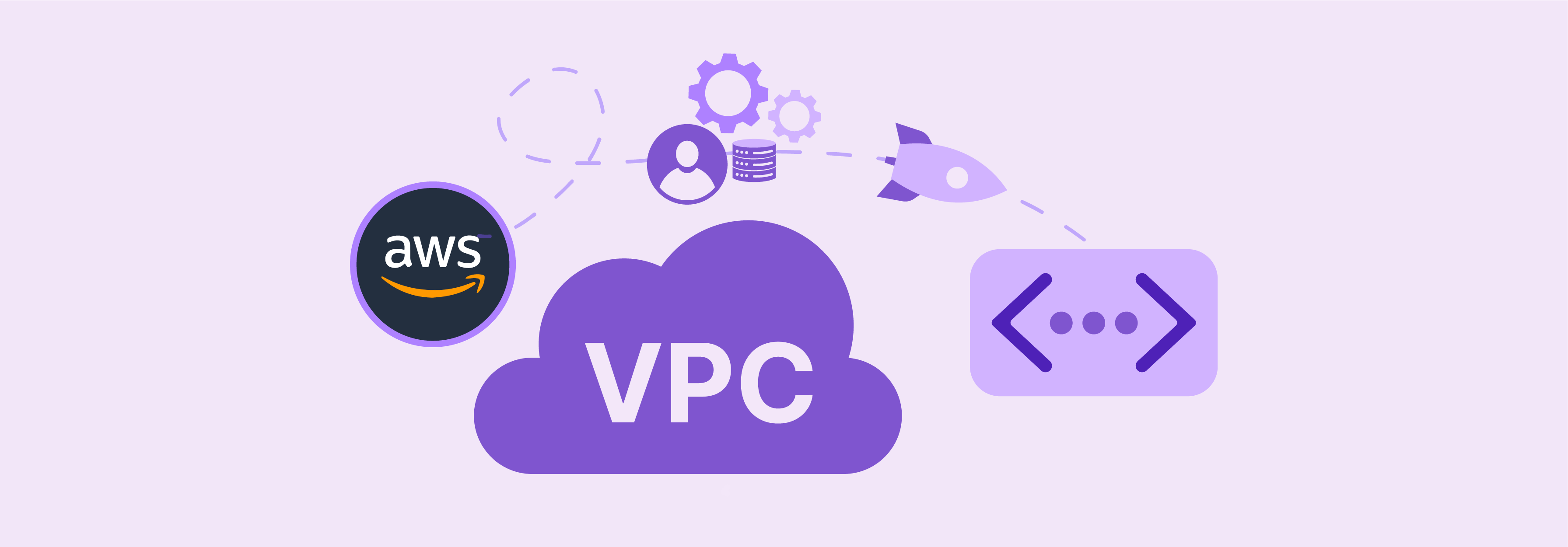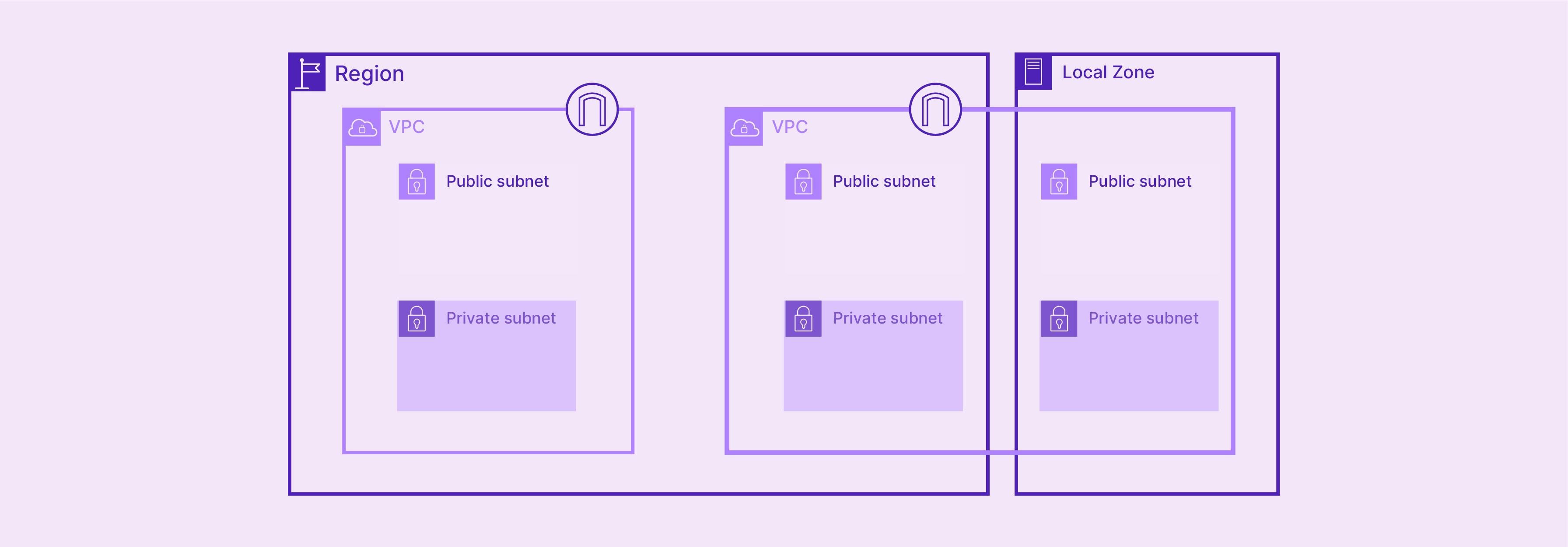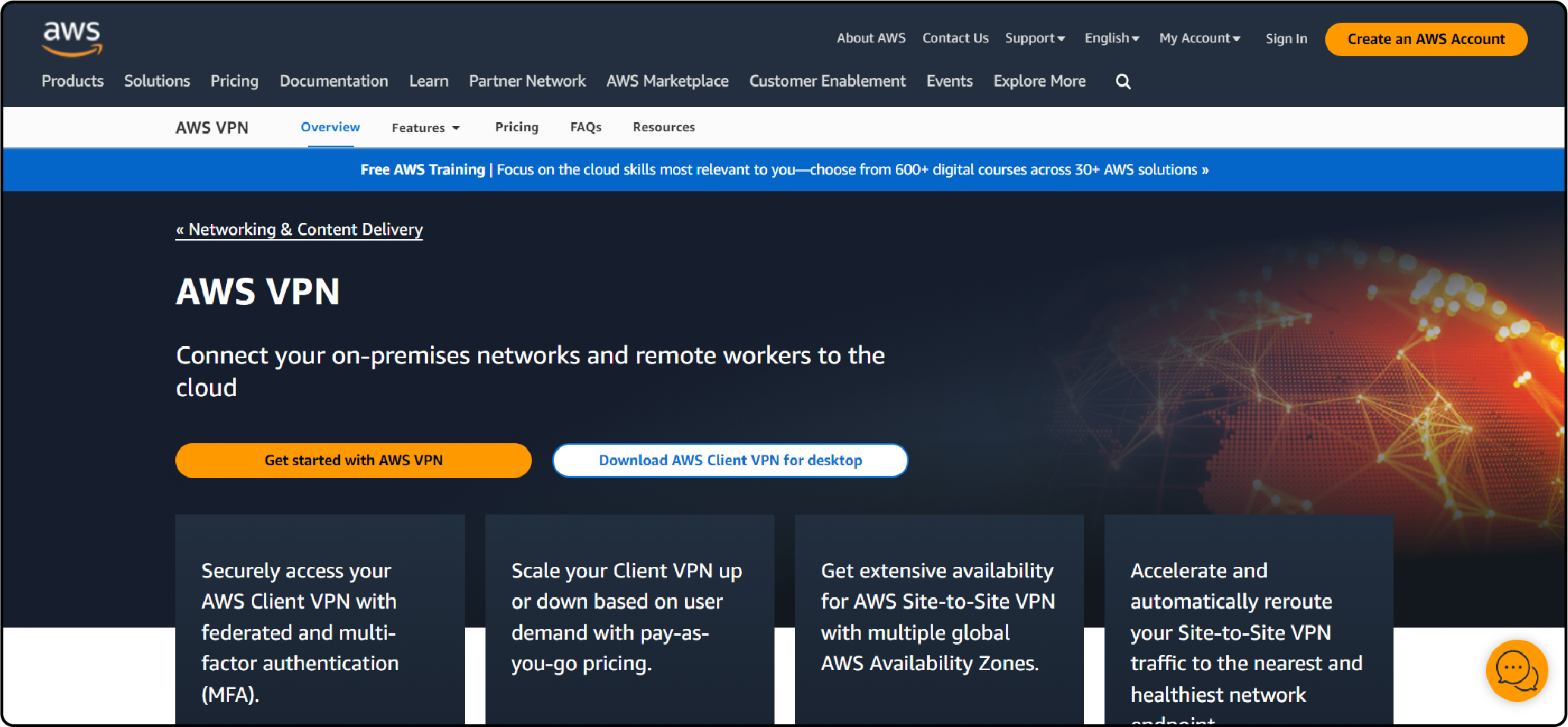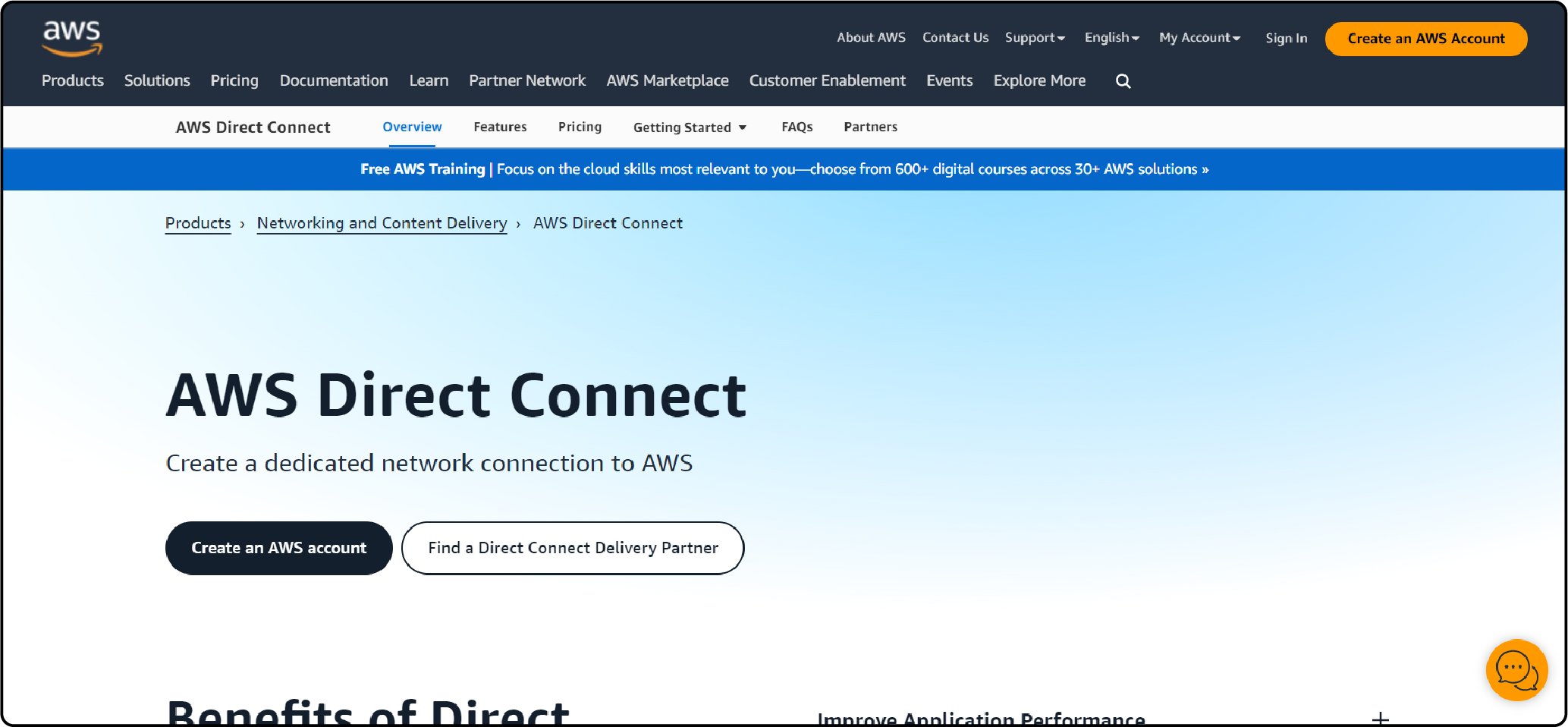
What is Virtual Private Cloud AWS?
Confused with what is Virtual Private Cloud AWS? AWS VPC is a powerful virtual network environment that allows you to control your cloud infrastructure. In this article, we will explore its core components, benefits, and differences from traditional private clouds.
Key Takeaways
-
Virtual Private Cloud (VPC) on AWS is a cloud-based network environment.
-
Learn about core components like subnets, route tables, and internet gateways.
-
Understand VPC peering, VPN connections, Direct Connect, and security features.
-
Discover the differences between Amazon VPC and traditional private clouds in management.
What is Virtual Private Cloud AWS?

A Virtual Private Cloud (VPC) on Amazon Web Services (AWS) is a virtual network environment. It closely resembles a traditional network infrastructure but is hosted in the cloud.
It is a logically isolated section of the AWS Cloud. It is where you can launch AWS resources in a virtual network. It also allows you to have control over your virtual networking environment, including:
-
Selecting your IP address range
-
Creating subnets
-
Configuring route tables and network gateways.
Core Components of Virtual Private Cloud AWS
1. Subnets

Subnets are segments of the VPC's IP address range. These are where you can place groups of resources. Each subnet resides in a specific Availability Zone (AZ). They contain resources such as Amazon EC2 instances and RDS databases.
Subnets are used to organize and isolate within the VPC and control access to them. Additionally, you can use a subnet calculator to ease your work. Subnets can be:
-
Public - routable to the internet
-
Private - not routable to the internet.
2. Route Tables
Route tables define the rules for routing network traffic within the VPC. Each subnet in a VPC is associated with a route table. The route table determines where the traffic is directed, such as:
-
Subnets
-
Internet gateways
-
NAT gateways
-
Other network devices.
3. Internet Gateway (IGW)
An internet gateway enables communication between instances in your VPC and the internet. It acts as a target for outbound internet traffic access for resources in public subnets. It allows them to send and receive data to and from the internet.
It also allows inbound traffic from the internet to instances in your VPC. It is done if allowed by the associated security groups and network ACLs.
4. NAT Gateway/NAT Instance
Network Address Translation (NAT) gateways are also known as NAT instances. It allows instances in private subnets to start outbound traffic to the internet. It also prevents inbound traffic initiated from the internet.
It provides a mechanism for instances without public IP addresses to access the internet. NAT gateways are a managed service provided by AWS. NAT instances need you to set up and manage EC2 instances.
5. Egress-Only Internet Gateway
The egress-only Internet Gateway component is used in IPv6-enabled VPCs. It allows outbound communication to the internet from instances in private subnets. It also prevents inbound traffic initiated from the internet.
6. VPC Peering
VPC peering allows you to connect two VPCs. These are connected securely over the AWS network. Instances in one VPC can communicate with instances in another VPC as if they were part of the same network.
They communicate using private IP addresses as if they were part of the same network. It enables you to share resources and workloads within them.
7. VPN Connections

Virtual Private Network (VPN) connections enable you to establish encrypted connections. The connection is built between your VPC and your on-premises network or another VPC over the Internet. It allows secure communication between the networks.
8. Direct Connect

AWS Direct Connect provides dedicated network connections between your data center and AWS. The connection is built, bypassing the internet. It enables you to establish private connectivity to AWS. It can be used to access resources in your VPC.
9. Security Groups
Security groups act as virtual firewalls for your EC2 instances. It controls inbound and outbound traffic at the instance level. You can specify rules in security groups to allow or deny traffic based on:
-
Protocols
-
Ports
-
IP addresses.
10. Network Access Control Lists (NACLs)
NACLs are stateless firewall rules. They control traffic at the subnet level. They allow you to define rules to allow or deny traffic. It is based on IP addresses, protocols, and ports.
Unlike security groups, which operate at the instance level, ACLs apply to all traffic entering or leaving a subnet.
11. Elastic IP Addresses (EIPs)
Elastic IP addresses are static IP addresses. These can be allocated and associated with instances in your VPC. They provide a persistent public IP address for instances that need to be reachable from the internet. The instances include web servers.
12. VPC Endpoints
VPC endpoints help privately connect your VPC to supported AWS services without requiring:
-
Internet gateways
-
NAT devices
-
VPN connections
-
Direct connections.
These enhance security by keeping traffic within the AWS network. They also improve performance by reducing latency.
Differences Between Virtual Private Cloud AWS and Traditional Private Cloud
| Feature | Amazon Virtual Private Cloud (VPC) | Traditional Private Cloud |
|---|---|---|
| Infrastructure Ownership | The infrastructure is owned and managed by Amazon Web Services. It provides users with the provision of virtual networks and subnets within the AWS environment. | The organization owns and operates the infrastructure. The organization's data center or third-party data center provider sets up physical servers, networking equipment, and virtualization software. |
| Scalability | It offers virtually unlimited scalability. Users can scale their virtual networks and resources on demand by provisioning extra instances and subnets as needed. | It is limited by the physical hardware and infrastructure owned by the organization. Scaling typically involves purchasing extra hardware. It may need time and resources. |
| Resource Management | It is largely automated and managed through AWS's web-based console, CLI, or API. Users can easily provision, configure, and manage virtual network resources. | It involves manual configuration and management of physical servers, networking equipment, and virtualization software. It may require specialized IT staff. It is more time-consuming and complex. |
| Cost Structure | It follows a pay-as-you-go pricing model. Users pay only for the resources they use. Costs are based on factors such as the number of instances and data transfer. | It involves upfront capital expenses. These are for purchasing hardware and ongoing operational expenses for maintenance, electricity, and cooling. It may be less flexible than the pay-as-you-go model. |
| Security and Compliance | It offers robust security features. These include network access control lists (NACLs), security groups, encryption, and identity and access management (IAM). It also provides compliance certifications and security best practices. | It relies on the organization's security measures and compliance standards. It may require additional investments in security hardware, software, and personnel to ensure compliance and protect against cyber threats. |
| Geographic Reach | It is available in multiple regions around the world. It allows users to deploy resources close to their end-users for low latency and better performance. | The geographic reach is limited to the organization's data centers or third-party data centers. It only reaches where the infrastructure is located. |
FAQs
1. How does AWS assign IPv4 addresses within a VPC?
When you create a VPC, you specify a range of IPv4 addresses. It is also known as CIDR blocks for the VPC. AWS automatically assigns the specified range of IPv4 addresses to the VPC.
2. What is the default VPC in AWS, and how does it relate to my AWS account?
The default VPC is a pre-configured VPC. It is provided in each AWS region when you create an AWS account. It's designed to make it easy for you to get started with AWS. It removes the need for you to set up your own VPC.
3. What distinguishes a Virtual Private Cloud (VPC) in AWS from a public cloud environment?
A VPC in AWS offers a private, isolated section of the AWS cloud. It is where you have control over the network configuration. The public cloud provides shared resources over the internet.
Summary
This article uncovers what is Virtual Private Cloud AWS. It is a cloud-based network environment similar to traditional network infrastructure but operates in the cloud. It also discovers several other points, including:
-
Key components of VPC AWS include subnets, route tables, and internet gateways.
-
VPC features like NAT gateways, VPC peering, VPN connections, and direct connections.
-
Differences between AWS VPC and traditional private clouds include ownership and resource management.
-
AWS VPC’s flexibility, scalability, and security make it a powerful solution for cloud networking needs.
Ready to enhance your online store's performance? Experience hassle-free operations with managed Magento hosting solutions powered by AWS VPC.




